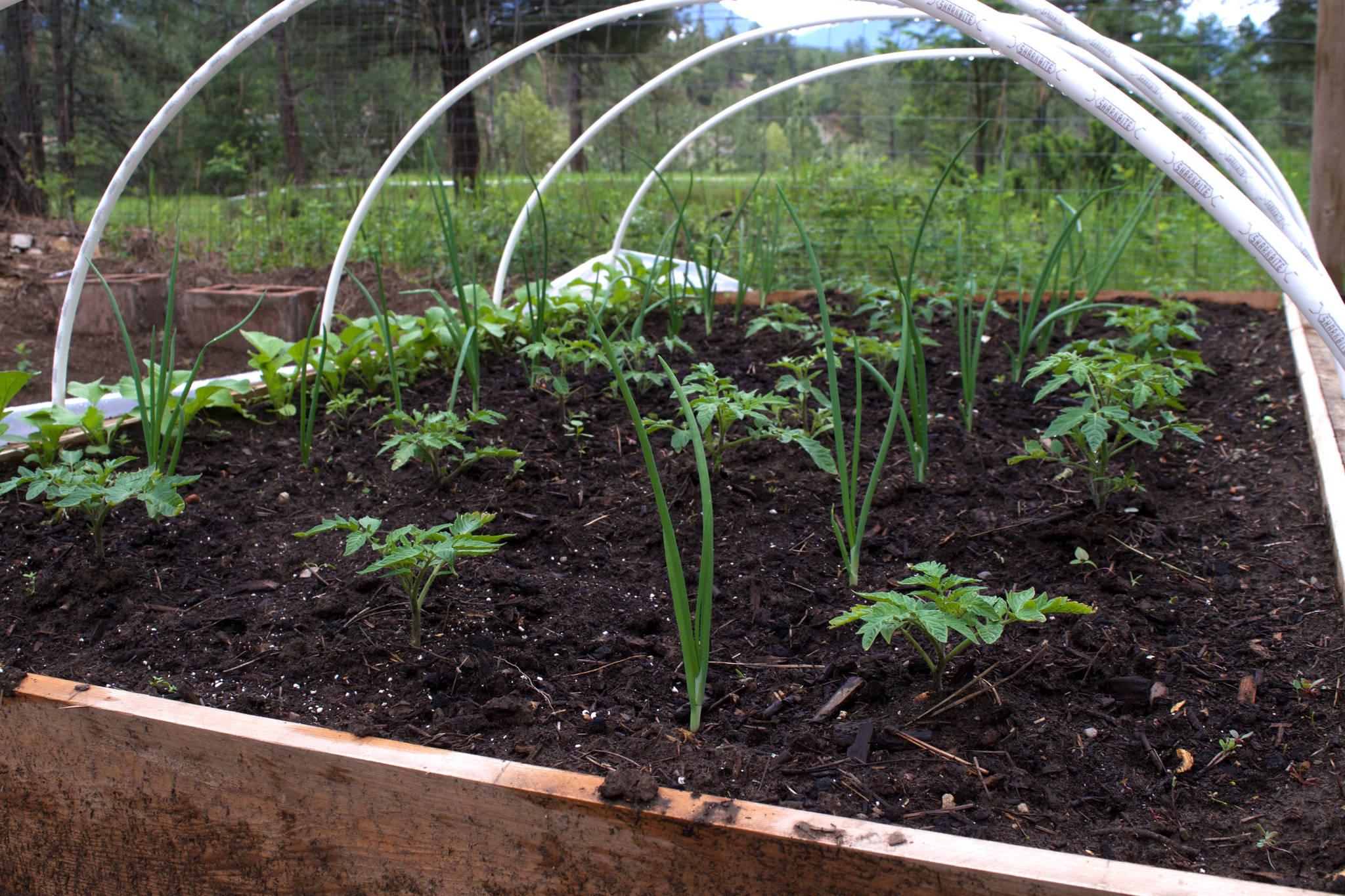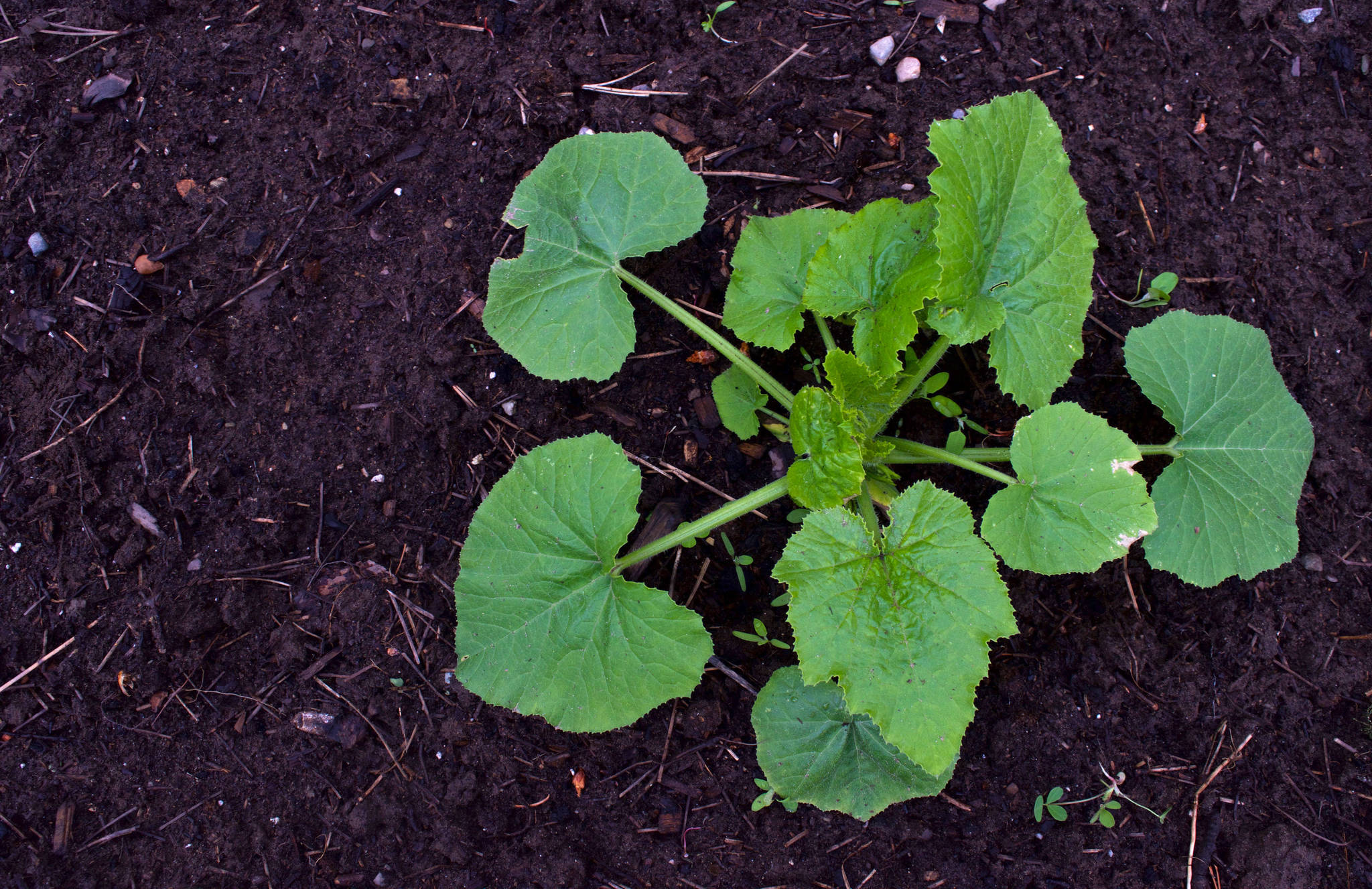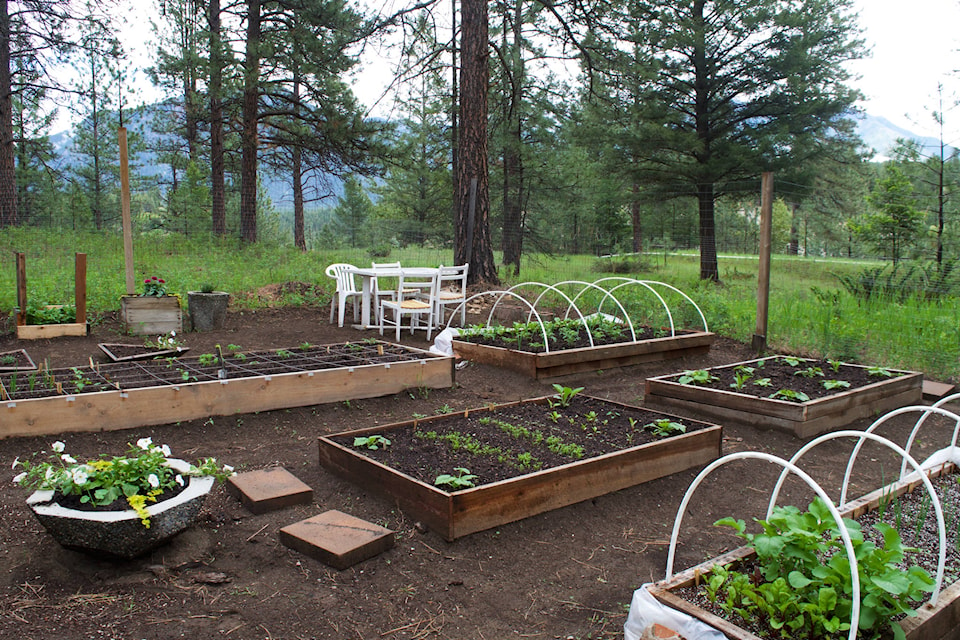My garden is my happy place. It’s a place I go to ponder. It’s a place I go for peace and quiet. At the end of the day when things start to cool off, I love spending time pulling weeds and watering my plants. Now more than ever, I’m grateful for this space in our backyard where I can reflect on life and take pride in all of the hard work that has gone into creating a beautiful oasis of plants.
Since I started planning out my garden at the beginning of the year, I have done lots of research on what to plant and when, and what to plant together. Companion planting and succession planting are a large focus for me and that was my goal when I set out to plan my garden.
Part of gardening, especially when you’re starting out, is about experimentation and trial and error. Every year might be different and there are so many factors that come into play. My neighbour was inspired by my garden and she has since made two raised beds of her own. She has never planted anything before and I’m happy to see that she’s inspired and learning as well.
I’ve found several online resources that have truly helped me gain confidence and knowledge about gardening. A great online resource for companion planting is the West Coast Seeds blog. They have an alphabetical list of common crops and it outlines what to plant together, and what to avoid planting together.
So far I’ve planted alyssum, basil, bush beans, beets, brassicas (broccoli, cabbage, kale), carrots, chamomile, chives, cilantro, cosmos, cucumber, dahlias, dill, lettuce (a few varieties), marigold, nasturtium, onion, oregano, parsley, peppers, potatoes, radish, rosemary, sage, spinach, squash (zucchini), sunflowers, thyme and tomatoes. 90 per cent of what I’ve planted was started from seed either indoors or sown directly in the ground.
So for example, in one raised bed I’ve planted three rows of tomatoes, two rows of onions, one row of radish and one row of basil. In between I’ve put two different colours of marigolds and a few sweet alyssum. All of these crops live together in harmony. The basil will improve the flavour of tomatoes, the marigolds will keep stubborn pests away, and the sweet alyssum will provide ground cover and keep weeds at bay.
Marigolds are a staple in most every garden and I highly recommend planting these flowers in between your crops. They repel bugs that you don’t want in your garden, plus they offer a nice pop of colour.
Nasturtiums are edible flowers and they also deter many pests such as whiteflies and beetles. They’re a great companion for brassicas, cucumbers, radishes and tomatoes. They grow close to the ground and if you let them, they will creep beautifully down the sides of your garden beds.
Sweet alyssum is another beneficial flower. Not only are they dainty and pretty but they attract good bugs to your garden, specifically pollinators like bees and butterflies. It is useful as ground cover in between plants to keep weeds at bay.
Cosmos flowers provide habitat to many beneficial predatory insects. They bloom continuously throughout the summer and if you let them go, they will self sow; you may end up with cosmos elsewhere in your yard or garden.
Another resource I’ve found helpful is the planting calendar on the Farmer’s Almanac website (or in their printed magazine). Online you can plug in your postal code and it will tell you your planting zone and your last frost date, along with when to start different crops indoors and outdoors. In Cranbrook, the last spring frost is generally around May 24th. That being said, I started planting long before that with cooler season crops. I even planted my tomatoes earlier than most people would, and they are thriving. It’s a general guideline but it’s a handy tool to reference.
I encourage everyone to do a little gardening of their own. Even if it’s just a few potted herbs on your windowsill, or a hanging basket of flowers on your porch. It is so rewarding to start the process from seeds and when you’re able to enjoy something you’ve grown it looks and tastes better.
corey.bullock@cranbrooktownsman.com
Like us on Facebook and follow us on Twitter
Want to support local journalism during the pandemic? Make a donation here.


